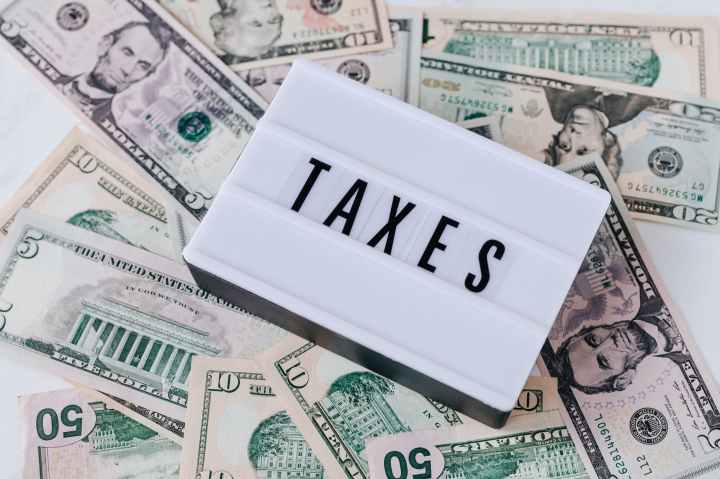
Hi guys! If you’ve been following me for a little while, you know that I manage my money in categories. It’s much easier for me to plan my budget in that way. In my opinion, it gives structure and flexibility at the same time. When I initially set up my budget, I spent a lot of time setting up separate categories for spending and saving, figuring out which bill should go where, and setting caps for the overall spending allowed for each category. Today, I don’t spend a lot of time tracking each individual bill. I only need to make sure that they all still fit under that category’s spending cap, and it’s worked really well for me. Some categories are more obvious than others like ‘Tithe’ and ‘Savings’, but under my ‘Recurring Bills’ category, I have a sub-category called ‘Reserves’. Stay with me. I promise it’s not complicated. This week, I’m going to dive into what I include in my ‘Reserves’.
I’ve already spent a lot of time talking about how to set up a budget if you’ve never done that before or just need some help polishing it up (you can catch up on that post here – there are a lot more in the Budgeting & Finance section of my website as well). So, what I want to do here is reiterate my definition of Reserves and tell you what I budget for in that category for my family. Hopefully, this will give you an idea of what Reserves would look like for you.
My Recurring Bills category is for just that – any bill that comes up and is going to come up again. I place my mortgage and monthly utility bills here. Student loan and credit card payments would go here too if you have those. My Reserves within this category is for everything else that is a recurring bill or service renewal but doesn’t due every month. Here is what I include there:
- Bimonthly items (due every other month)
- Lawn service
- Semiannual items (due every 6 months)
- HOA dues
- Car insurance
- Annual items (due once a year)
- Flood insurance
- Pest control service
- Warehouse club memberships
- Homeowners insurance
- Property taxes
- My son’s school tuition
- Amazon Prime membership
- Identity theft protection service
- Computer antivirus
- Microsoft 365 service
- Certain home maintenance like pressure washing and tree trimming
- Home security service
- Biennial items (due every other year)
- Vehicle tag renewal

I also budget for vehicle maintenance and detailing as a Reserves item. I have a dedicated post on those quarterly and annual items here.
It’s easier than you think to set this up. It just takes a little time to go through everything, organize how often those payments come due, and calculate how much you need to set aside each month to cover the expenses. This is how you cash flow all of your bills.
I’ve been doing this for about five years now, and it’s actually made budgeting easier for me. It’s all about taking the mountain and breaking it down into smaller more manageable pieces to work with. You could look at this as needing to save several thousand dollars, or you could look at it as needing to save a few hundred dollars a month. It’s the same number in the end, but it’s a bit of mind over matter and the planning makes all the difference. I have an account that I only use for Reserves items. No other savings is allowed in this account. Whenever something comes due, I make the payment with my credit card (to earn the rewards), then immediately pay the card off with the Reserves funds. There is a level of security that comes with knowing the money for these items is always there even before the bill comes due. And honey, it feels good!
What sort of things will you budget for in your Reserves?